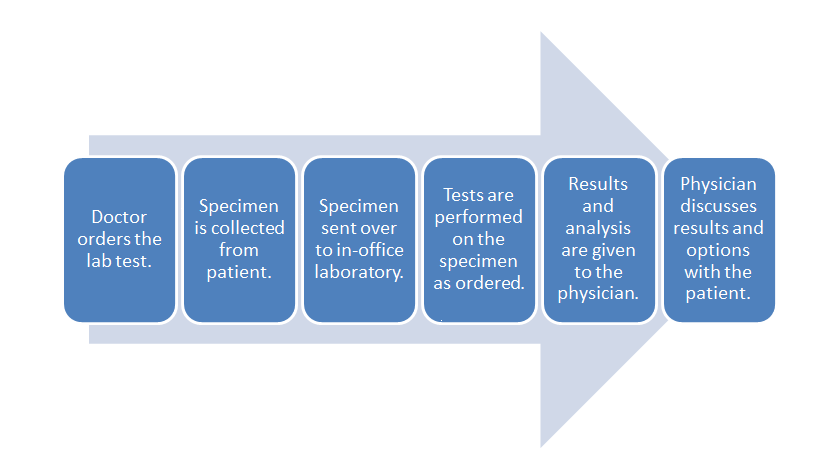

The speed of absorption can be affected by co-ingested food, female sex, cigarette use, and concentration of alcohol in the beverage. The extent and severity of these symptoms vary depending on how quickly the alcohol is ingested and the rapidity of the rise and fall of the BAC. With a BAC of greater than 400%, patients can develop respiratory depression followed by coma and even death. At a BAC of 200% to 400%, patients develop nausea and vomiting, hypothermia, dysarthria, amnesia, diplopia, and nystagmus. From 100% to 200%, one sees gait instability, slurred speech, and mood and behavior changes. At a BAC of 50% to 100%, patients develop impaired judgment and coordination. At a BAC of 0 to 50%, one would expect to see relaxation, increased talkativeness, and decreased fine motor control. As the BAC increases, so do the severity of the symptoms.

The signs and symptoms associated with alcohol toxicity depend on the blood alcohol concentration (BAC). Ĭriteria for diagnosing alcohol intoxication include known or admitted ingestion of alcohol, behavior change, clinical signs including slurred speech, incoordination, nystagmus, memory loss, and lack of another condition to account for the symptoms. Due to the increased sensitivity of these receptors, patients with alcohol use disorder are at risk for seizures and hallucinations when alcohol is withdrawn. Patients with alcohol use disorder have increased numbers of NMDA receptors and increased sensitivity of these receptors to glutamate. Alcohol also inhibits the primary excitatory neurotransmitter in the CNS, glutamate. Benzodiazepines also bind to the GABA receptor, making them useful in alcohol withdrawal. This tolerance partly explains the alertness of chronic alcohol users at blood alcohol levels that in others would cause coma or death. With chronic alcohol use, the number of GABA receptors is increased, requiring more and more alcohol to create the same level of inhibition.

Alcohol binds strongly to GABA receptors, activating the inhibitory cascade, which results in sedation, cognitive dysfunction, and decreased coordination. GABA binds to receptors allowing chloride to enter the cell, which decreases cellular excitability. Gamma-aminobutyric acid (GABA) is the primary CNS inhibitory neurotransmitter. The primary site of action in acute toxicity is the central nervous system, where it increases central nervous system (CNS) inhibition and decreases excitation.

It is primarily metabolized in the liver by alcohol dehydrogenase to acetaldehyde. Alcohol is absorbed through the proximal GI tract.


 0 kommentar(er)
0 kommentar(er)
